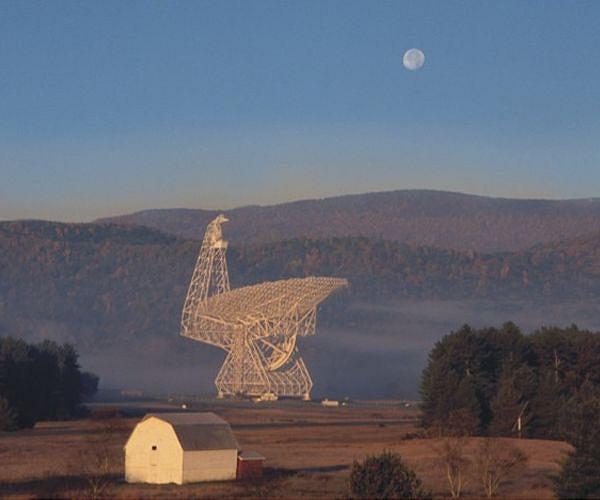
WVU Team Tackles Radio Interference in Astronomy with NSF Funding
by Clarence Oxford
Los Angeles CA (SPX) Nov 28, 2023
In a significant stride towards enhancing the clarity of astronomical observations, researchers at West Virginia University (WVU) are pioneering methods to combat the pervasive issue of human-made radio frequency interference (RFI). This interference, emanating from ubiquitous sources such as cell phones, televisions, and radar systems, poses a substantial obstacle in detecting radio signals crucial for astronomical research.
The project, backed by a substantial $510,000 grant from the National Science Foundation (NSF), aims to devise novel algorithms and hardware solutions with potential widespread applications in various fields.
Kevin Bandura, an associate professor of computer science and electrical engineering at WVU, emphasized the increasing need for real-time removal of human-made signals.”As radio astronomy instruments continue to become more sophisticated, human-made signals need to be removed in real time before the information from the sky is reduced for astronomical interpretation,” Bandura stated.
One of the project’s pivotal goals is to enhance the detection of fast radio bursts (FRBs), mysterious and brief emissions of radio waves in space, whose discovery involved Duncan Lorimer, a WVU physics and astronomy professor. Lorimer, along with Bandura and Natalia Schmid, professor at the WVU Benjamin M. Statler College of Engineering and Mineral Resources, is a key member of this initiative. “Radio telescopes are powerful tools to explore the cosmos,” Lorimer said, underscoring their utility in studying weak galactic signals and the transient radio sky.
The WVU team’s approach is threefold, focusing on innovative real-time RFI detection, hardware prototyping of new algorithms, and the development of tailored performance metrics for various astronomical observations. These efforts are not just confined to astronomy but are expected to be generalizable to other domains like radar imaging, satellite communication, and sensor applications.
Integral to this endeavor is the involvement of both graduate and undergraduate students at WVU. Schmid highlighted the educational aspect of the project: “Projects will be developed which focus on the design and implementation of new statistical and information theoretical tests for the detection of RFI in radio astronomy data.” These projects will augment existing courses and provide hands-on research experience through programs like the Research Apprenticeship Program and the Summer Undergraduate Research Experience.
The project is jointly funded by the NSF’s Division of Astronomical Sciences and the Established Program to Stimulate Competitive Research, with an anticipated completion in fall 2026. Crucially, the algorithms, firmware, and software developed through this initiative will be openly accessible to the global radio astronomy community via GitHub. This initiative aligns with the Green Bank Observatory’s summer RFI workshops and the SpectrumX Center’s programs.
Moreover, added Bandura, “The success of this work will be measured not only by our development of the proposed algorithms, but by their adoption, successful use, and expansion by the broader international astronomical community.” This project not only promises to advance the field of radio astronomy but also stands as a testament to WVU’s commitment to fostering scientific innovation and education.
Related Links
West Virginia University
Read the latest in Military Space Communications Technology at SpaceWar.com
